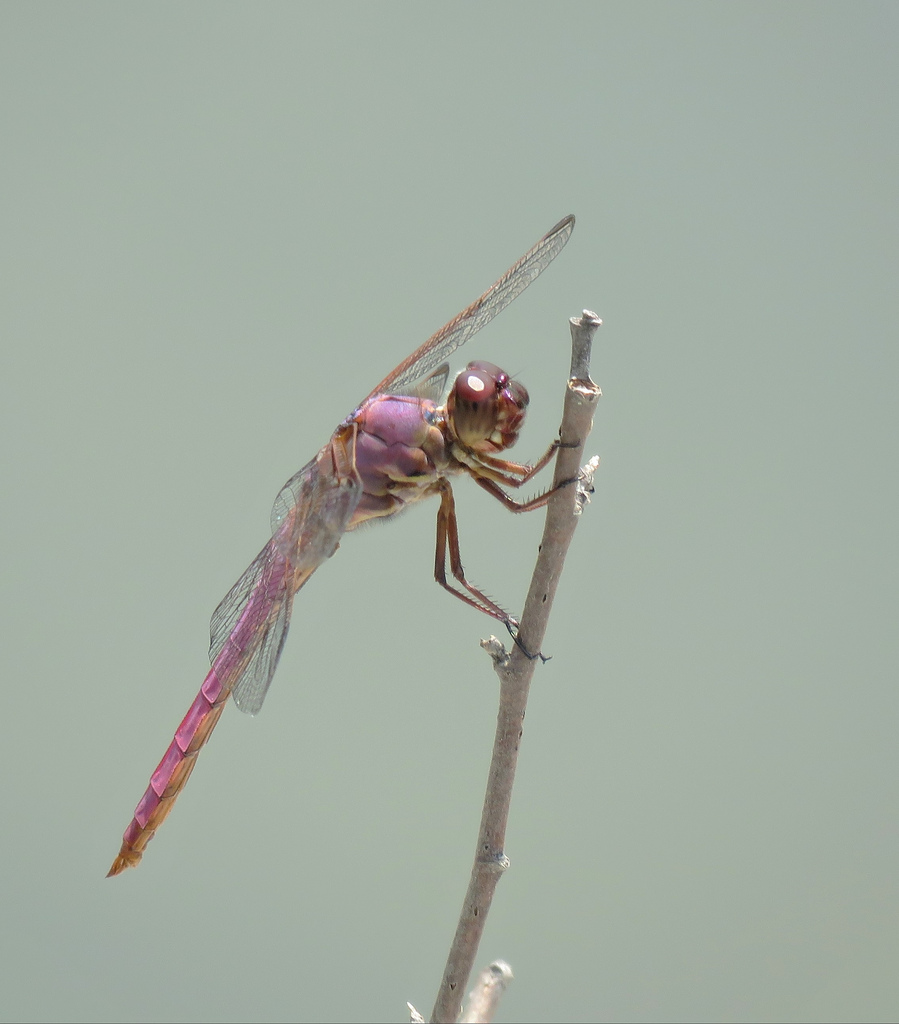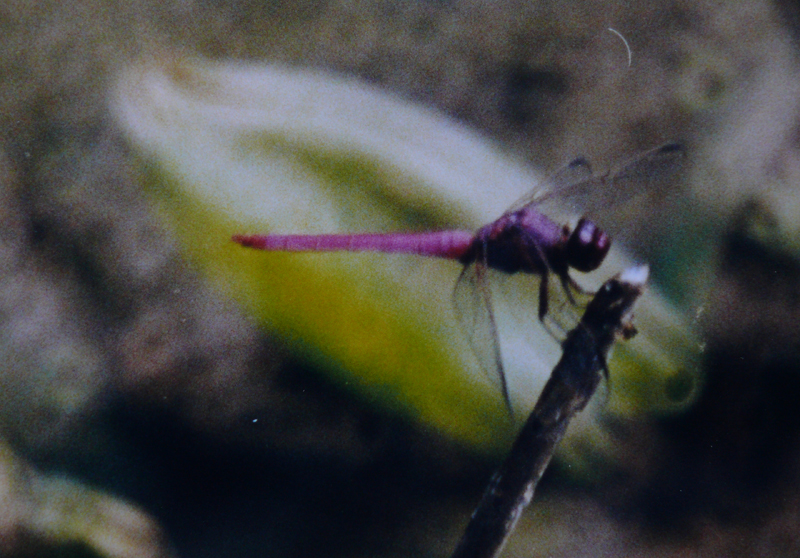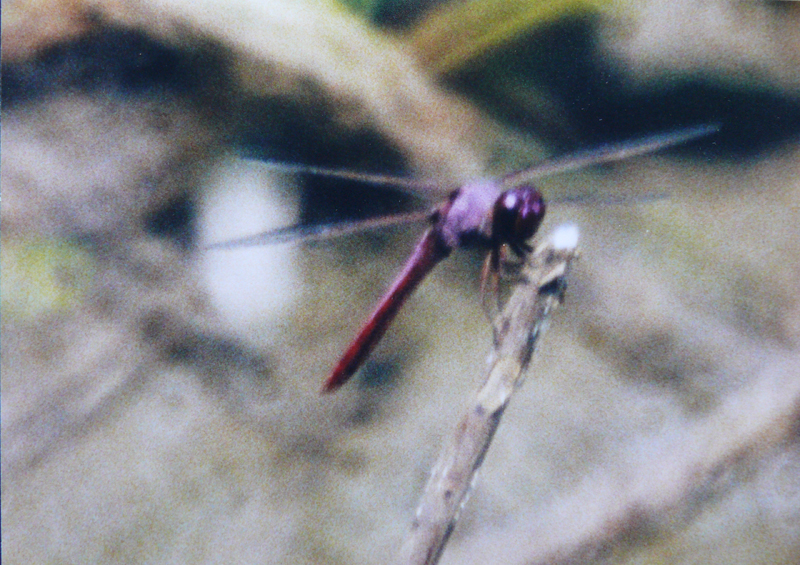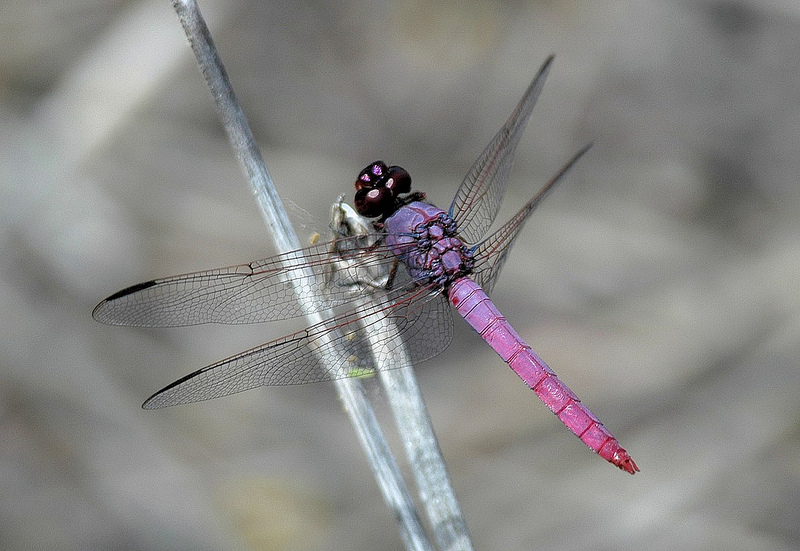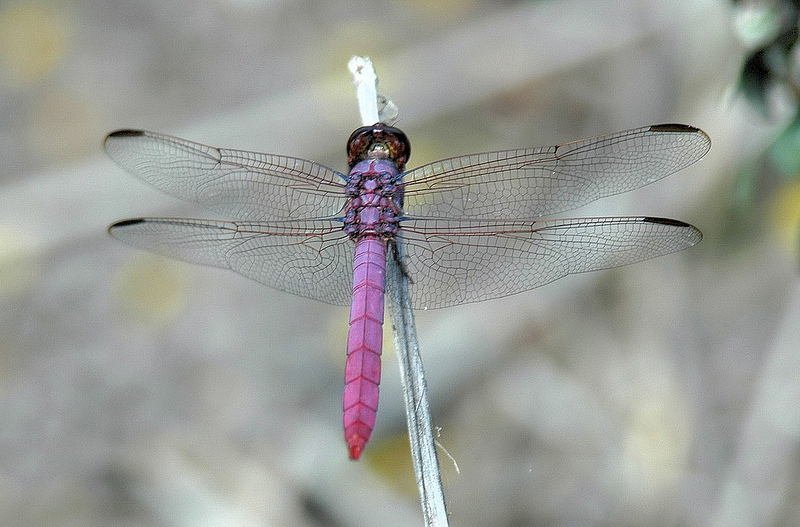Map Snapshot



15 Records
Status
Roseate Skimmer (Orthemis ferruginea) is a colorful skimmer species of much of the southeast. It occurs at a variety of ponds or lakes, or even ditches, provided there is a muddy substrate (Paulson, 2011). This species has been recorded as a vagrant in Maryland. Two males were recorded in Howard Co. in 1999, and one was photographed (Richard Orr's The Dragonflies and Damselflies of Maryland and the District of Columbia). Another was documented in Baltimore County in August 2017. There's also a record of a male from the National Arboretum in Washington, D.C. from 1998. This species has been found sporadically into northern Virginia, and occasional dispersing individuals may occur in the future in Maryland.
Seasonality Snapshot
Source: Wikipedia
| Roseate skimmer | |
|---|---|

| |
| Scientific classification | |
| Domain: | Eukaryota |
| Kingdom: | Animalia |
| Phylum: | Arthropoda |
| Class: | Insecta |
| Order: | Odonata |
| Infraorder: | Anisoptera |
| Family: | Libellulidae |
| Genus: | Orthemis |
| Species: | O. ferruginea
|
| Binomial name | |
| Orthemis ferruginea (Fab., 1775)
| |
The roseate skimmer (Orthemis ferruginea) is a species of dragonfly in the family Libellulidae. It is native to the Americas, where its distribution extends from the United States to Brazil. It is common and widespread.[1] It is an introduced species in Hawaii.[2]
The male of the species has a rose pink and red abdomen. The female has an orange-brown abdomen with clear orange veins and a brownish thorax with a light stripe down the back. The wings are normally clear except for brown pterostigmata at the leading edges. It is 46–55 millimetres (1.8–2.2 in) in length with a wingspan 35–44 millimetres (1.4–1.7 in) long.[3] Males are highly territorial, defending their territory aggressively against other male roseate skimmers that fly near.[4]
It tolerates a wide range of habitat types, but usually requires open water. This can include disturbed and artificial water bodies, such as tanks and ditches. It can live in open or vegetated land. It breeds in the mud.[5]
References
[edit]- ^ a b Paulson, D.R. (2017). "Orthemis ferruginea". IUCN Red List of Threatened Species. 2017: e.T164944A80681748. doi:10.2305/IUCN.UK.2017-3.RLTS.T164944A80681748.en. Retrieved 18 November 2021.
- ^ Orthemis ferruginea. Waipi'o Valley Stream Restoration Study. Bishop Museum. 2010.
- ^ "Odonata Central". Archived from the original on 2019-07-25. Retrieved 2019-07-25.
- ^ Brown, Taylor A., et al. “Space Use of Predatory Larval Dragonflies and Tadpole Prey in Response to Chemical Cues of Predation.” The American Midland Naturalist, vol. 181, no. 1, 2019, p. 53., doi:10.1674/0003-0031-181.1.53.
- ^ Paulson, D. R. 2009. Orthemis ferruginea. In: IUCN 2013. IUCN Red List of Threatened Species. Version 2013.1. Downloaded on 22 July 2013.
